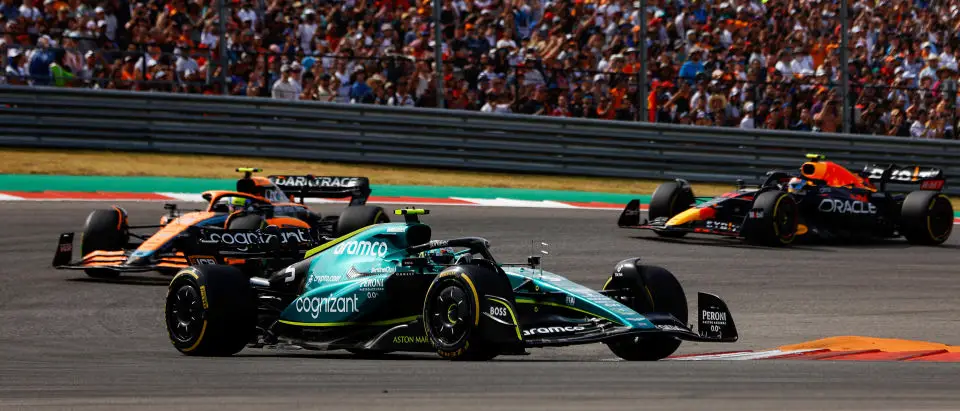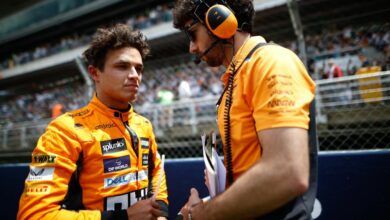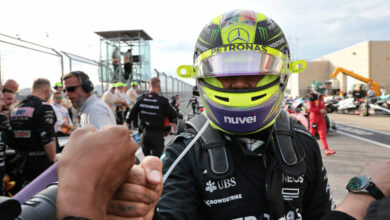Aston Martin and Honda Gear Up for 2026 F1 Revolution: A Strategic Shift in Engine Development
Aston Martin’s bold move to collaborate with Honda for their 2026 engine project marks a pivotal shift in Formula 1 dynamics. This strategic alignment aims to maximize the potential from the upcoming F1 regulatory changes.
Key Takeaways:
- Aston Martin is set to transition from a customer team using Mercedes engines to an original equipment manufacturer (OEM) with Honda by 2026, marking a significant change in their Formula 1 strategy.
- The 2026 F1 regulations, focusing on increased electrical power and sustainable fuels, are viewed by Aston Martin as a crucial opportunity to strengthen their championship aspirations through this partnership.
- Despite being in the initial stages, the Aston Martin-Honda collaboration is progressing rapidly, with both parties engaged in frequent discussions and positive exchanges, aiming to meet the strict deadlines set by the new regulations.

Aston Martin’s alliance with Honda in the F1 engine project signifies a forward-thinking approach in anticipation of the 2026 F1 regulatory changes. Luca Furbatto, Engineering Director at Aston Martin, radiated optimism and strategic vision, acknowledging the leverage they expect from designing their car architecture without external constraints.
“In the past, it has not been the case, but since the introduction of hybrid power units only works teams have won the F1 World Championship,” Furbatto explained. This statement, taken from Aston Martin’s official website, underscores the significance of becoming an OEM rather than remaining a customer team, a status quo that has limited their competitiveness.
Furbatto further detailed the limitations under the current partnership with Mercedes, saying, “We’re very happy with what we receive from Mercedes, however, in terms of car architecture we’re partially led by Mercedes F1 Team and Mercedes High Performance Powertrains.” This dependency on Mercedes’ power unit, gearbox, and rear end specifications has restricted Aston Martin’s design flexibility.
Looking forward to 2026, Furbatto anticipates a significant shift in their position within the sport. The collaboration with Honda is expected to provide Aston Martin with greater autonomy in designing and developing their car. “With a power unit from Honda and our own gearbox, we’ll have control of our own destiny,” Furbatto asserted, highlighting the importance of this strategic move for Aston Martin’s ambitions.
The upcoming regulatory changes in 2026 emphasize aerodynamic efficiency and increased electric power generation, using sustainable fuels. These changes have the potential to disrupt the current hierarchy in Formula 1, providing a unique opportunity for teams to gain a competitive edge. The Aston Martin-Honda partnership aims to capitalize on this period of transition to propel themselves forward in the championship standings.
However, Furbatto remains aware of the challenges ahead. “It’s a challenge, but every team is in the same situation. It’s up to us to do a better job than the others,” he concluded. This cautious optimism reflects the realistic approach Aston Martin is taking towards this ambitious project, aiming to redefine their future in Formula 1.




